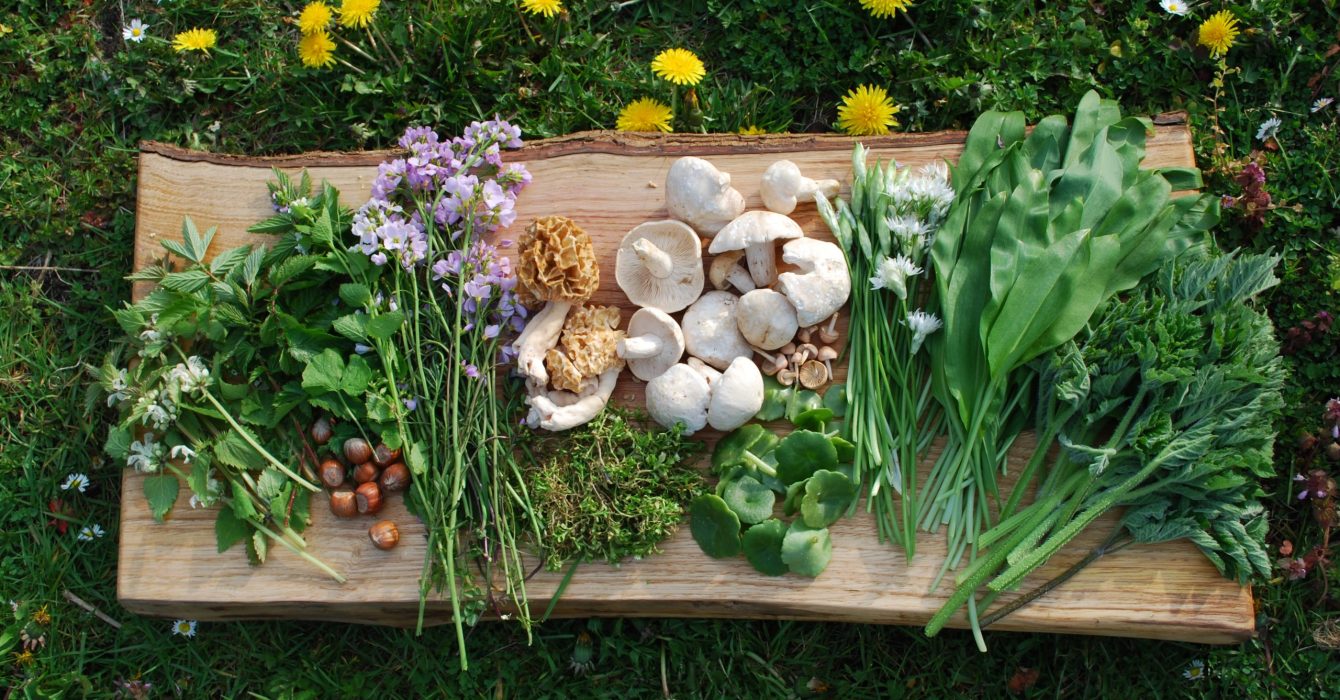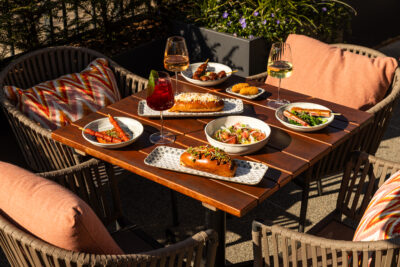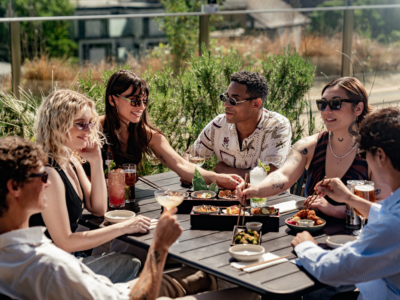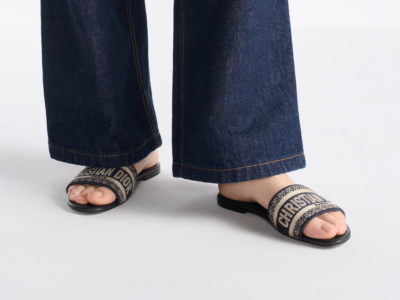Every autumn, nature invites us to put on our boots, grab a knife and start looking for those elusive fungi. Just watch out for the death cap
It’s that time of year again — foliage is tinged yellow and brown, and mushroom caps are popping up from the ground, ready to be picked and thrown into a rich risotto. But while most of them are pretty, not all are edible.
We spoke to Marlow Renton, co-founder of Wild Food UK, which organises an array of courses to educate people on edible wild plants, mushrooms and fruits, to give you the lowdown and to find out the best spots for mushroom hunting in the UK.
When is the best time to try mushroom hunting?
September to late November is the season to do it, but keep in mind that mushrooms change during that time — the early autumn mushrooms go to bed around mid-October, with different species being found after that.
Where in the UK would one go to search for mushrooms?
I don’t want to give away any specific spots, but anywhere with the right woodland, really, even in London. Look primarily for beech, oak and birch woodland anywhere in the UK, and you’re likely to find some edible mushrooms in autumn.
Do you need special permission to forage?
Certain places restrict foraging but if you’re on public access land then you only really need to follow the Wildlife and Countryside Act (1981), which says foraging for personal use from wild species is allowed. At Wild Food, we also have our own set of rules to ensure a smooth process.
Read more: How to forage & preserve wild food in the UK

How many mushroom species are there, and how many exist in the UK?
Mycology is still a bit of a frontier science. There are literally millions of species of fungi, and more are being discovered every day. In the UK, we have about 15,000 known types of fungi and about 3,500 that look like mushrooms we’d recognise, with a cap and stem.
How many of them are dangerous?
The most notorious are the death cap and its very close relative, the destroying angel. Both are deadly but there is some debate as to whether the funeral bell or other fungi might be a bit more toxic than those two. There are roughly 25 that will potentially kill you if eaten raw, and many more that could make you quite sick.
What should we look out for when trying to figure out if a mushroom is safe to eat?
Each species is different, with different key identifiers. Always check the gill colour (if the gills are white then the mushroom is possibly poisonous) and stick to those you feel 100% safe with. There’s no point in taking any risks for a mushroom, so always follow the first rule of foraging which is: never eat anything that you’re not 100% sure of.
Could you share some foraging tips?
The key is to wait for some nice, wet weather and go out and about five days later. Then it’s important to research what mushrooms are in season and where they like to grow and look for those specific habitats. Again, beech, oak and birch woods are the best for fungal variety.
You also organise your own foraging courses — do these teach all there is to know on mushroom picking?
You wouldn’t become a foraging expert after one half-day course but what we teach gives anyone wanting to learn an enormous head start on those trying to figure it all out for themselves. We teach the correct way to go about it, while giving people the confidence to correctly identify a number of the most common species. This means that all your forays, even after just one course, are likely to be fruitful.
Read more: Seaweed: the surprising superfood to add to your daily diet

What dish would you recommend making at home with mushrooms we’ve foraged ourselves?
Wild Food’s mushroom pâté is one of my favourite things to make. You can find the recipe and process here.
Wild Food UK’s foraging courses take place around the UK and are available to book online.













